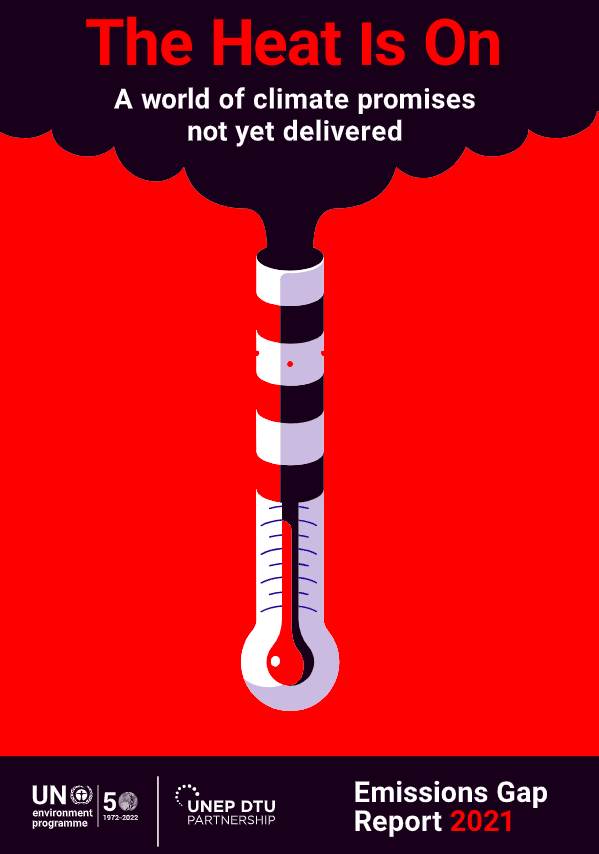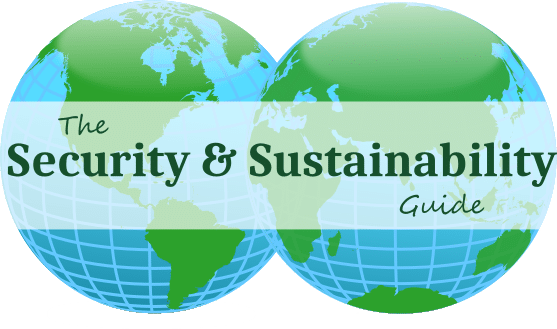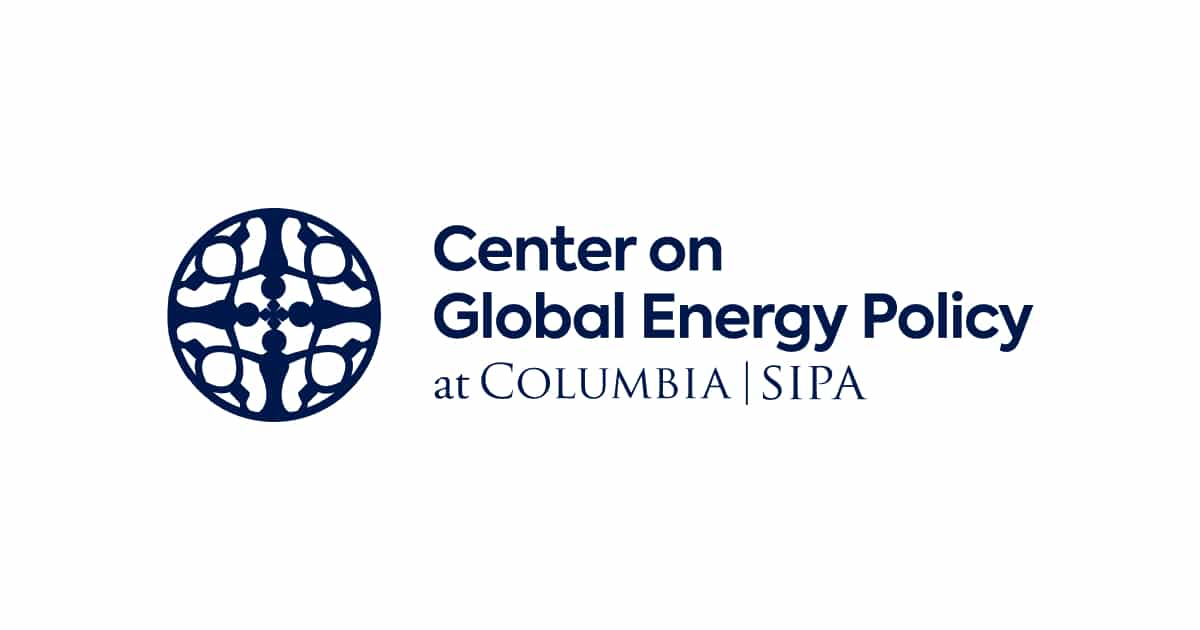
(UNEP & UNEP DTU Partnership, October 2021, 112p, full report)
This edition of the Emissions Gap Report 2021 shows that national climate pledges and other mitigation measures will direct the world towards a global temperature rise of 2.7°C by the end of the century. This rise well above the goals of the Paris Agreement and leading to irreversible changes in the Earth’s climate. Hence, to maintain global warming below 1.5°C this century, halving annual greenhouse gas emissions is needed in the next eight years.
As seen during 2021, extreme weather events worldwide such as
- flooding;
- droughts;
- wildfires;
- hurricanes;
- and heatwaves
have continuously appeared in the headlines. As a response to the signs of climate change, the IPCC published the first report in its Sixth Assessment cycle addressing the “Physical Science Basis” in August 2021. Further, this report confirms the IPCC conclusions that unless there are immediate, rapid, and largescale reductions in GHG emissions, limiting warming to 1.5°C or even 2°C by the end of the century will be a missed opportunity.
COP26 boosting decision-making
For this reason, the United Nations Climate Change Conference of the Parties (COP26) carries “the growing urgency of accelerating global ambition and action on both mitigation and adaptation.” Above all, the spotlight is on the updated nationally determined contributions that countries were requested to submit in advance of COP26.
However, the 2030 commitments do not set G20 members (accounting for close to 80 per cent of GHG emissions) on a clear path towards net-zero further complicating to achieve the recommendations made in the following chapters of the report:
- Introduction
- Trends in global emissions, new pledges for 2030 and G20 status and outlook
- Net-zero emissions targets
- The emissions gap
- Are COVID-19 fiscal recovery measures bridging or extending the emissions gap?
- The role of anthropogenic methane emissions in bridging the emissions gap
- The role of market mechanisms in bridging the emissions gap
Find the full report here.
Find the executive summary here.



